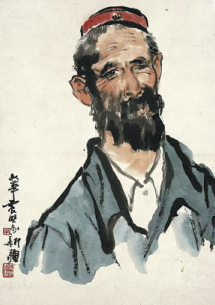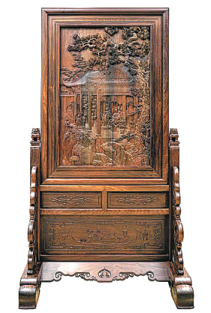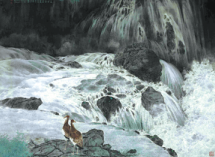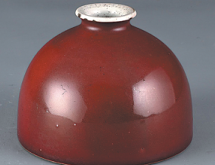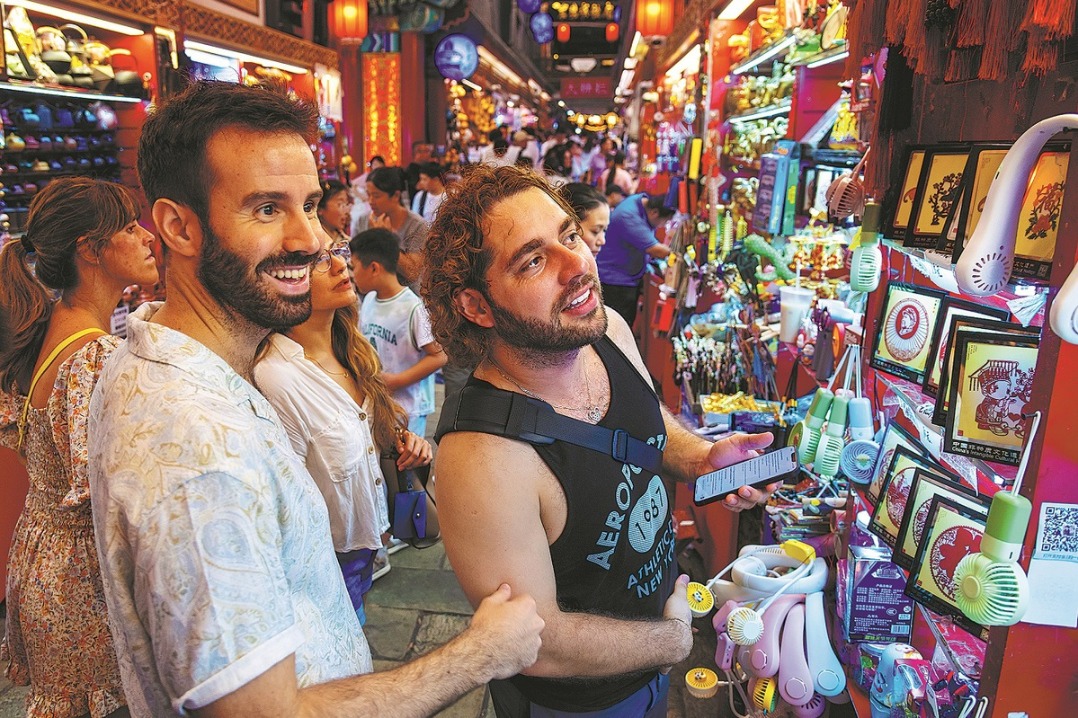What's on

Art for people
Late ink-color painter Li Zhenjian carved a niche for himself in classical Chinese painting in the second half of the 20th century. He combined the realistic traditions of Chinese and Western art to hail ordinary people's life in a new way. He is recognized as a pioneer of the figure paintings of Zhejiang school, named after his native province in East China. Together on the Road, an ongoing exhibition at Zhejiang Art Museum in Hangzhou investigates the evolution of Li's work since his school years at China Academy of Art in the late 1940s. He taught there for decades. The exhibition brings together some 100 paintings from Li's oeuvre. Works on show, dated as early as 1948 when he created an album to show various ways to depict rocks, reflect the training he received from noted painters and teachers at the academy, such as Huang Binhong and Pan Tianshou. Other paintings review Li's endeavor to draw the spirit of people in the face of difficulties. Li once said, "What we paint is art, not a product. The best art is for the people". The exhibition commemorates the centenary of Li's birth and runs until May 26.
9 am-5 pm, closed on Mondays. 138 Nanshan Lu, Hangzhou, Zhejiang province. 0571-8707-8700.
Wood works
Zhejiang province is home to some of China's earliest works of wood carving, for example, a wooden fish found among the relics of the neolithic Hemudu culture. The Tang Dynasty (618-907) saw the rise of wood carving in Dongyang in central Zhejiang, where craftsmen sculpted intricate decorative objects and motifs to grace houses and Buddhist temples. This tradition, carried through centuries, is today being explored by a new generation of artisans, including Jiang Baoliang, whose works are on show in his solo exhibition at Zhejiang Museum in Hangzhou. With a career spanning more than three decades, Jiang is renowned for producing artworks in which he has turned classical Chinese paintings into three-dimensional presentations. The exhibition runs until May 25.
9 am-5 pm, closed on Mondays.47 Huancheng Bei Lu, Gongshu district, Hangzhou, Zhejiang province.0571-8539-1628/8539-1679.
Artisan's craft
Zou Chuan'an became an apprentice at a ceramic factory in his native Hunan province in 1957, where he continued to work for decades as a seasoned artisan. In his spare time, he taught himself the techniques of gongbi art, a long-standing genre in classical Chinese painting that uses accurate delimitation and vibrant colors. Zou gradually focused on the depiction of flowers and birds, a common gongbi category, and favored motifs also on porcelain. Like Flowers, Like Birds, an exhibition at Hunan Museum in Changsha, shows more than 300 works by Zou, presenting the elegant and animated world of his art. Zou's early paintings show his in-depth learning from works of master gongbi artists of ancient times, especially those serving at the Song Dynasty (960-1279) royal court. Zou infused the semi-abstract style of pocai (splashing colors) in his later works to render an extensive feeling, and introduced the contrast between light and darkness from Western art to add more dimensions to his paintings. In his recent works, Zou has used less saturated, grayish colors to present a more tranquil atmosphere. The exhibition runs until June 8.
9 am-5 pm, closed on Mondays.50 Dongfeng Lu, Changsha, Hunan province. 0731-8441-5833/5933.
Single-hue porcelain
Monochromatic ceramics have been a top-line Chinese art since ancient times. They were collected, appreciated and hailed by royals, aristocrats and intellectuals to represent the high-end taste of art in ancient China. Hunan Museum houses a diverse collection of single-hue porcelain ware. The museum is showing selected examples of the category at a long-term exhibition. The varieties of colors and shapes celebrate the craft and wisdom of skilled artisans and sponsors who ordered the objects to ornament homes and royal palaces.
9 am-5 pm, closed on Mondays.50 Dongfeng Lu, Changsha, Hunan province. 0731-8441-5833/5933.
